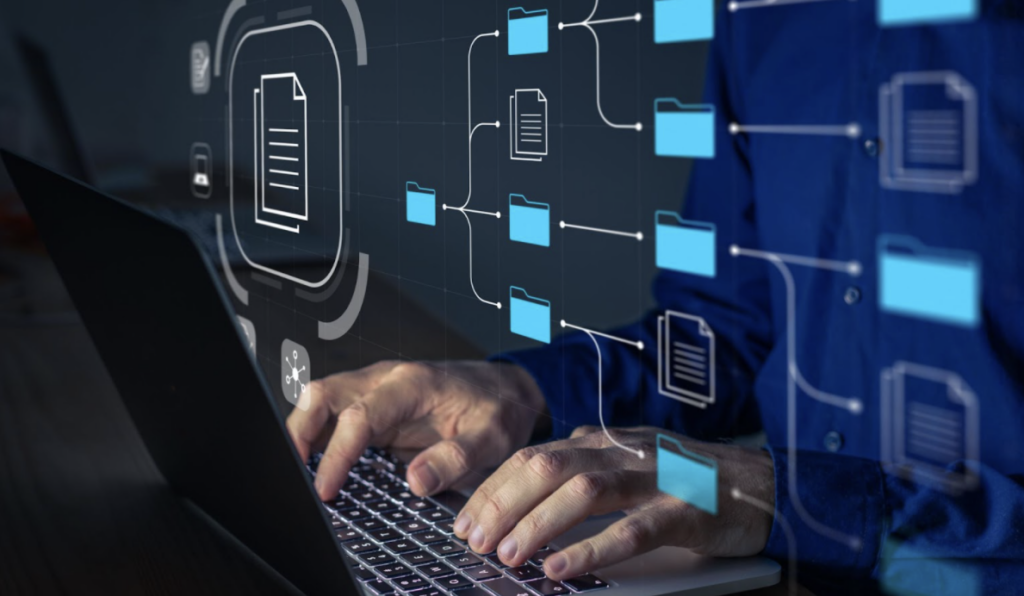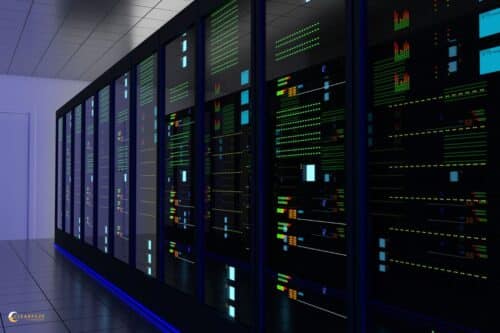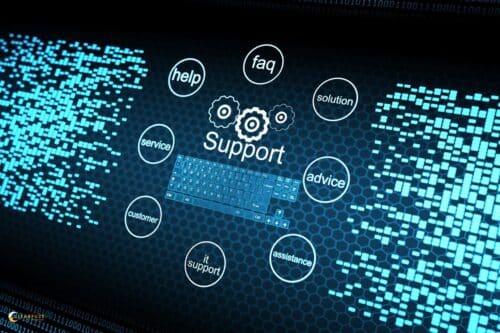Are you tapped out of new password choices? Join the club. Fusing the name of your high school crush with the street you lived on as a kid isn’t fun. You know what else isn’t fun? Dealing with the effects of a data breach on your company’s IT network. Hackers are counting on your staff’s fatigue and complacency in brushing aside cybersecurity best practices, which are vital to mitigating security threats including malware, phishing, and password attacks.
Securing your digital borders against cybercriminals is a constant battle, but well worth the time and effort. To protect against network security breaches, you must first build your knowledge of potential threats. Here are five common ways your business systems can be infiltrated. Once you’re done reading about these threats, it’s up to you to decide which of the following is the single greatest cause of network security breaches.
Table of Contents
Toggle1. Cybercriminals trick users into installing malicious software
You can avoid downloading malware by staying educated about the risks posed to you online. There are many ways hackers trick people into clicking on their malicious links, including through torrent websites and email attachments that may be infected with a virus. Make sure your antivirus software is up-to-date and always practice caution when browsing unfamiliar webpages or downloading files from unverified sources online.
Luckily, there are steps you can take to avoid accidentally installing malware:
- Downloading a file from an untrusted source is never a good idea. If you are asked to download something, make sure that the website in question can be trusted and verify its URL. Hackers might have altered it slightly so it appears as though it comes from a legitimate source such as “www.g00gle.com” instead of “www.google.com”! If you are unsure, it’s best to either double-check with an IT professional or just avoid downloading and installing the software. (ClearFuze has IT experts available 24/7 to provide support in these types of situations.)
- Always look at the name of the file before downloading. Oftentimes, malware is deliberately given a name similar to that of a legitimate file, with only a slight spelling mistake or some unusual wording. If you are unsure about the file, then don’t download it. If you know the sender, you may contact them to verify the file’s authenticity.
- Always scan a file before installing it. Use your antivirus scanner to check downloaded files before opening them.
- Stay away from sites with torrents, adult content, or those that stream pirated videos. These sites often contain malware, so avoid them altogether.
2. Hackers obtain admin privileges
Many users are logged into their computers as administrators. Being an admin allows you to change settings, install programs and manage other accounts. Here’s the rub: If hackers get access to your computer, they will have complete control of everything and possibly even other devices/networks connected to it. This means they can install other malicious software, change settings, or even wholly hijack the technology.
To avoid these unfortunate situations, limit the administrator role only to users who need to install applications or change settings on their computers. Installing antivirus software, keeping it updated, and conducting regular scans will also help mitigate security breaches.
3. Unauthorized personnel physically accesses your computer
Your system can also get infected with malware or your data can get stolen by those who have physical access to your technology.
Let’s say you leave your computer unlocked when you go out for lunch. Someone can just walk up to it and plug in a malware-infected USB drive, which can infiltrate your system. They can also manually reset the password, thereby locking you out.
An easy way to defend against this is to secure your computer with a password. You should also lock, turn off, or log off from your computer whenever you step away from it. You can also disable drives like CD/DVD and connections like USB if you don’t use them. Doing so will limit the chances of anyone using removable media to infect your computer or steal data from it.
4. Disgruntled employees infect the system
Even disgruntled employees can compromise your IT systems. From deleting essential data to loading destructive viruses, the potential damage ranges from slightly frustrating to truly catastrophic.
The most effective way to prevent this, aside from ensuring your employees are happy, is to limit access to systems. For example, you may find that people in marketing have access to financial files or even admin panels. Revoke unnecessary permissions to ensure that employees only have access to the files they need.
5. Your password is compromised
Passwords are typically the main verification method businesses use to access their accounts and systems. The problem with this is that many passwords can be easily cracked, which leaves them vulnerable in case of an attack or leak. To make matters worse, some people even create similar passwords for multiple websites, making it easier for hackers to gain access while they’re compromising one site after another.
It is therefore essential to use strong and different passwords for your accounts. Utilize multi-factor authentication whenever possible, which requires users to present more than one way to verify their identities, such as a password plus a fingerprint or a one-time code.
ClearFuze Offers 24/7 Cybersecurity Support
Implementing best practices in cybersecurity is a great way to keep IT defenses strong and effective. It’s also good to have trusted professionals in your corner to help you safeguard against network security breaches.
The topics on cybersecurity problems and solutions are vast. If you want to learn more about the topics that weren’t covered here or about securing IT management solutions in Los Angeles, contact ClearFuze today for a complimentary consultation.



